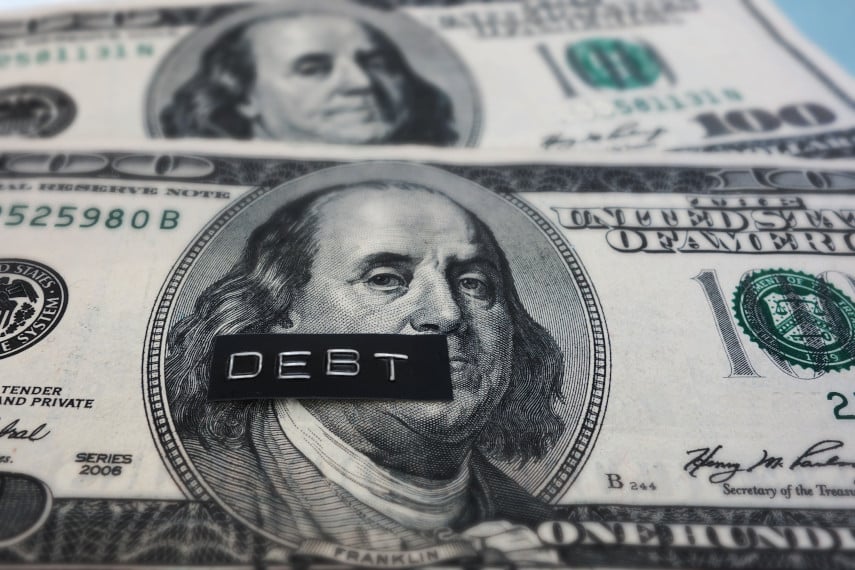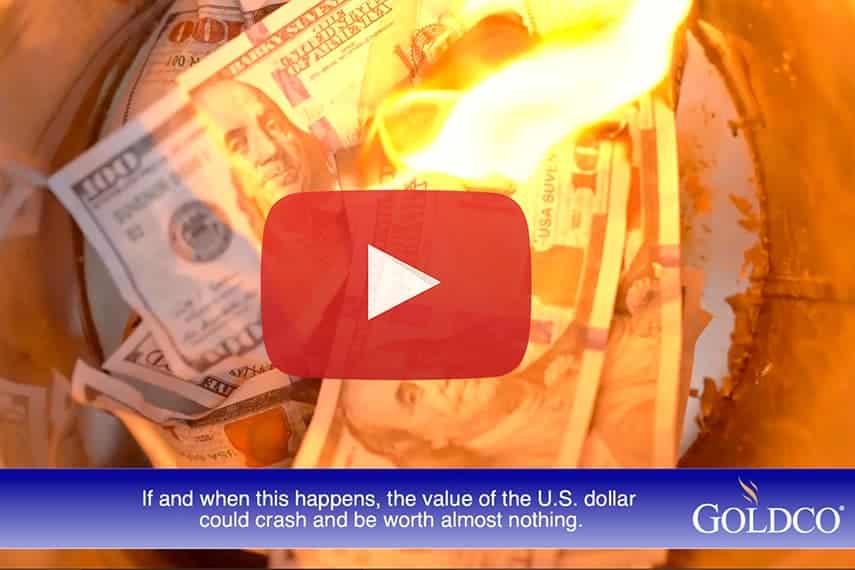
It would seem that the economy is doing well at the moment. Since November, the Dow has surged 1,700 points. In fact, on November 25th, it hit a historic high, as well as a major milestone, as it passed 20,000 points for the first time ever. Surely these record numbers mean prosperity for the foreseeable future, right? Unfortunately, history tells us otherwise. In fact, such record highs are often the sign of an impending market crash.
The Dow’s Journey
In 2007, the economy was booming. When the year began, the Dow was at 12,459 points, ultimately rising to 14,164 in October—a record at the time. Just under a year later, the market plummeted. On September 29th, 2008, it had the largest single day drop in history, falling 777 points. A few months after that, in March of 2009, the Dow crashed again, ultimately dropping to 6,594 points. That’s less than half of what it was only a year and a half earlier.
Since then, we’ve managed to see a slow but gradual recovery. The Dow has risen by 13,500 points in the last 8 years—more, even, than the total number at its height in 2007. Profits are on their way up, unemployment is on its way down, and we’ve set several new Dow records, culminating in this 20,000 point peak.
Following the Signs
Over the last hundred years or so, there have been a few major stock market crashes. Some of the most notable include 1929, 2001, and 2008. By looking at each of these crashes and the events that surrounded them, certain patterns emerge to provide clues as to possible future crashes.
The first sign is record highs in the Dow. These dramatic rises can lull you into a false sense of security, making you think the economy is getting stronger. In actuality, though, they’re more likely to represent a bubble.
In 1929, a combination of over-speculation and collusion to manipulate prices caused stocks to be overvalued. In 2001, the dotcom craze took hold of investors, as people invested in ideas that sounded like they would make money, rather than actual proven business plans.
In 2007, the housing market was driven up by blanket approval of mortgage loans that many people couldn’t actually afford to repay. In each of these cases, the Dow reached record highs. But in each case, it turned out to be unsustainable, and the bubble burst, causing a crash.
Another sign of financial trouble on the horizon is higher interest rates. During the recession, they were kept at near zero: 0-0.25%. Then in December of 2015, after 7 years at that level, the Fed bumped it very slightly, to 0.25-0.5%. Then in December of last year, it went up again, to 0.5-0.75%.
When the federal interest rate goes up, so do mortgage rates, credit card interest rates, and more. The average consumer’s disposable income goes down, and businesses take a hit. Prices go up in response, making things even less affordable, and as a result, the stock market falls. The Fed is only supposed to raise the interest rate when they believe the economy is strong enough to handle it. However, many people are still struggling, and a higher rate could have a significant negative economic impact.
How to Protect Yourself
The ability to recognize the signs of impending financial turmoil can be tremendously beneficial. It allows you to start preparing for the worst while things are still looking prosperous, rather than getting caught by surprise. There are a few steps you can take.
First of all, make sure you diversify your investment portfolio. Have some money in stocks, some in bonds, some in precious metals, etc. That way, when one of your investments fails (e.g. a market crash), you still have something to cushion the fall and prevent you from losing your nest egg (as many people did during the 2008 crisis).
When you do invest, a long term strategy is more likely to serve you well. If you’re forced to sell your stocks during a bear market, you’ll end up taking a loss, but if you can weather the storm, eventually things will go back on the upswing. As a general rule, don’t invest any money that you’ll need to use in the next five years or so.
With a bit of awareness, both of the current state of the markets and of historical trends, you can recognize a potential crash before it comes.
And with a little bit of preparation, you can guard against it and keep your own losses to a minimum by investing in a Gold IRA.






